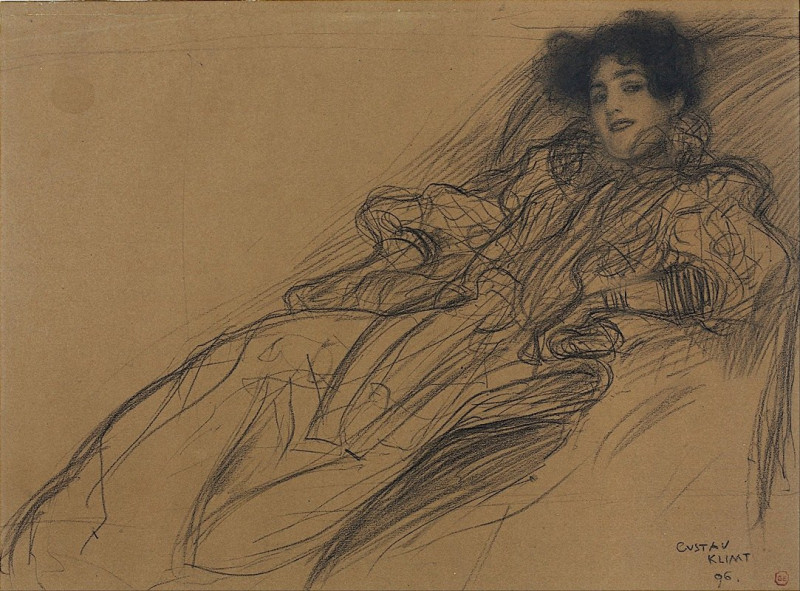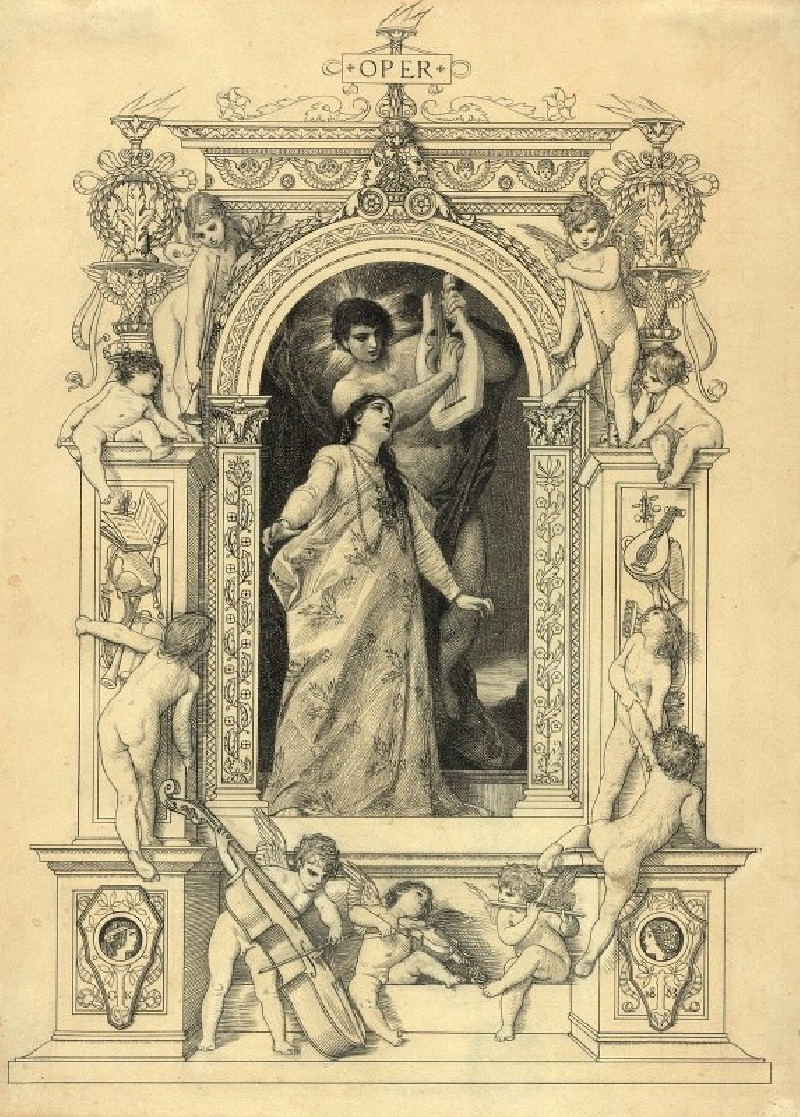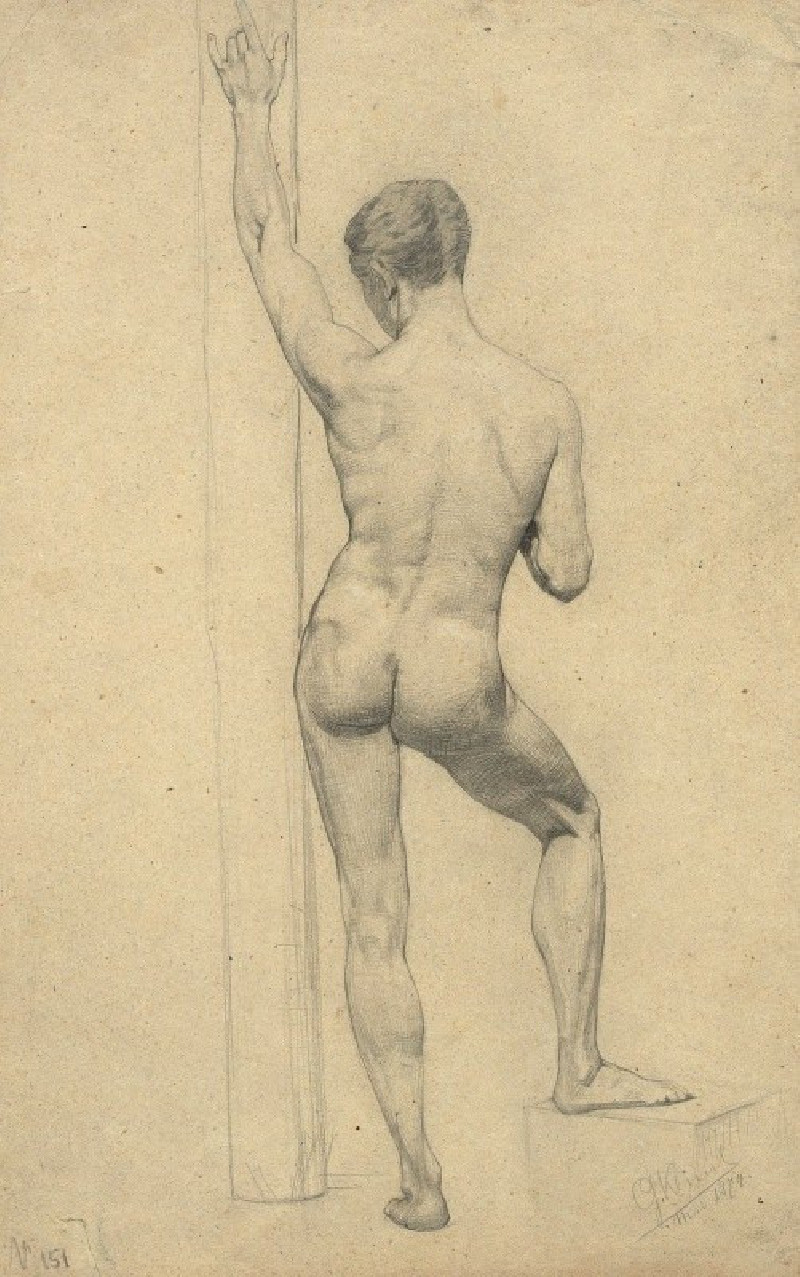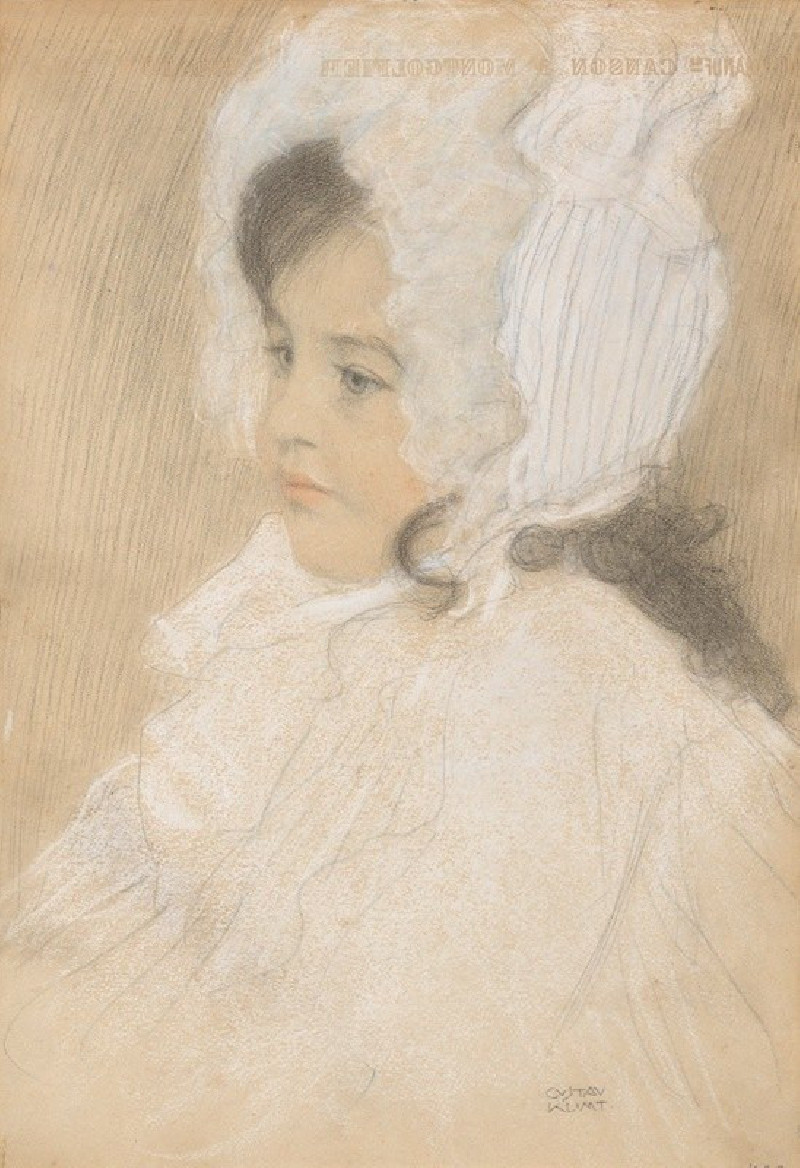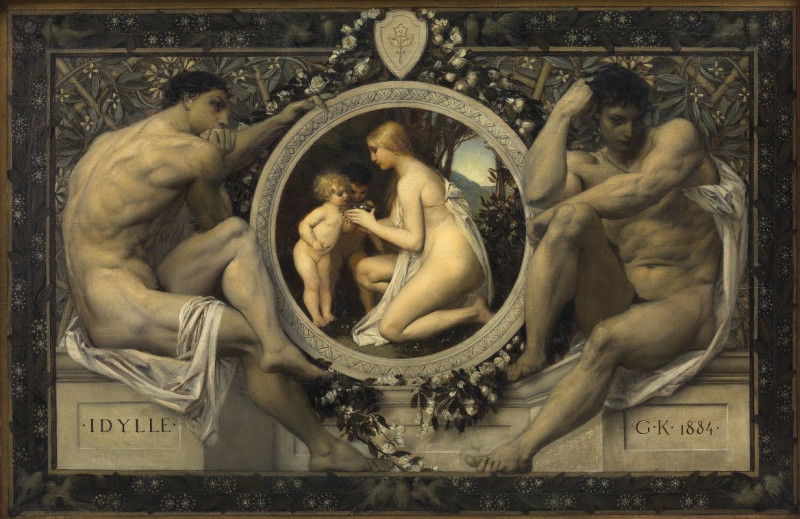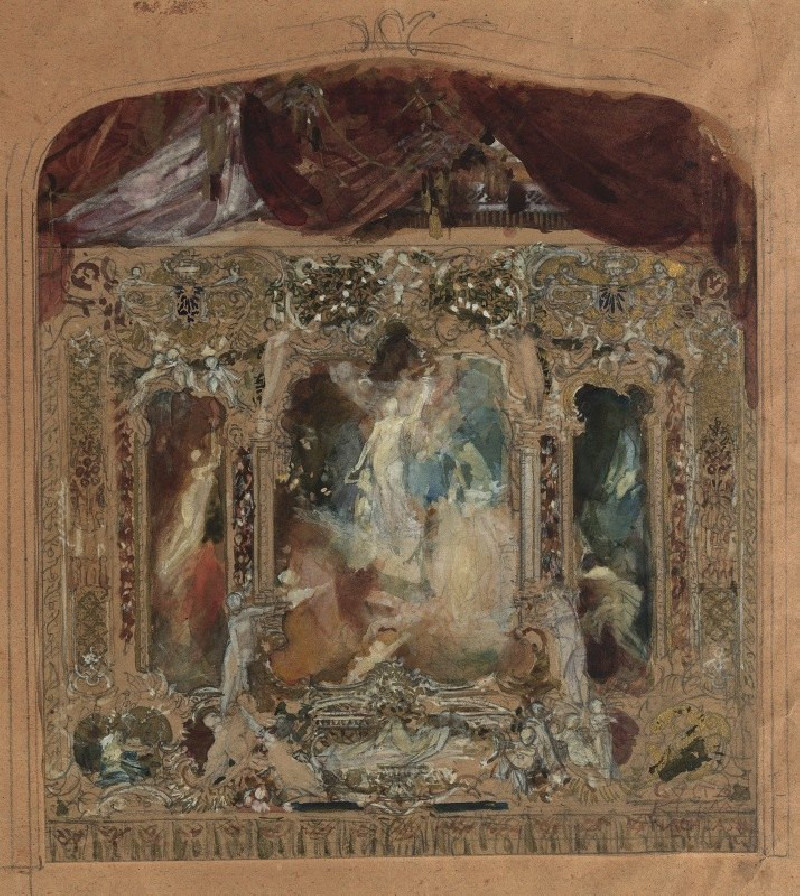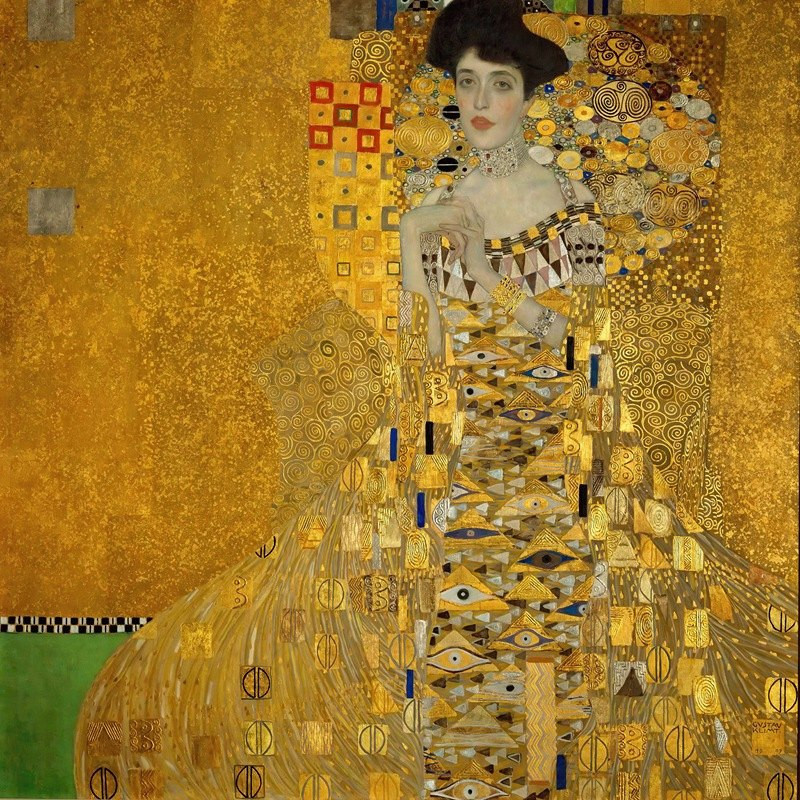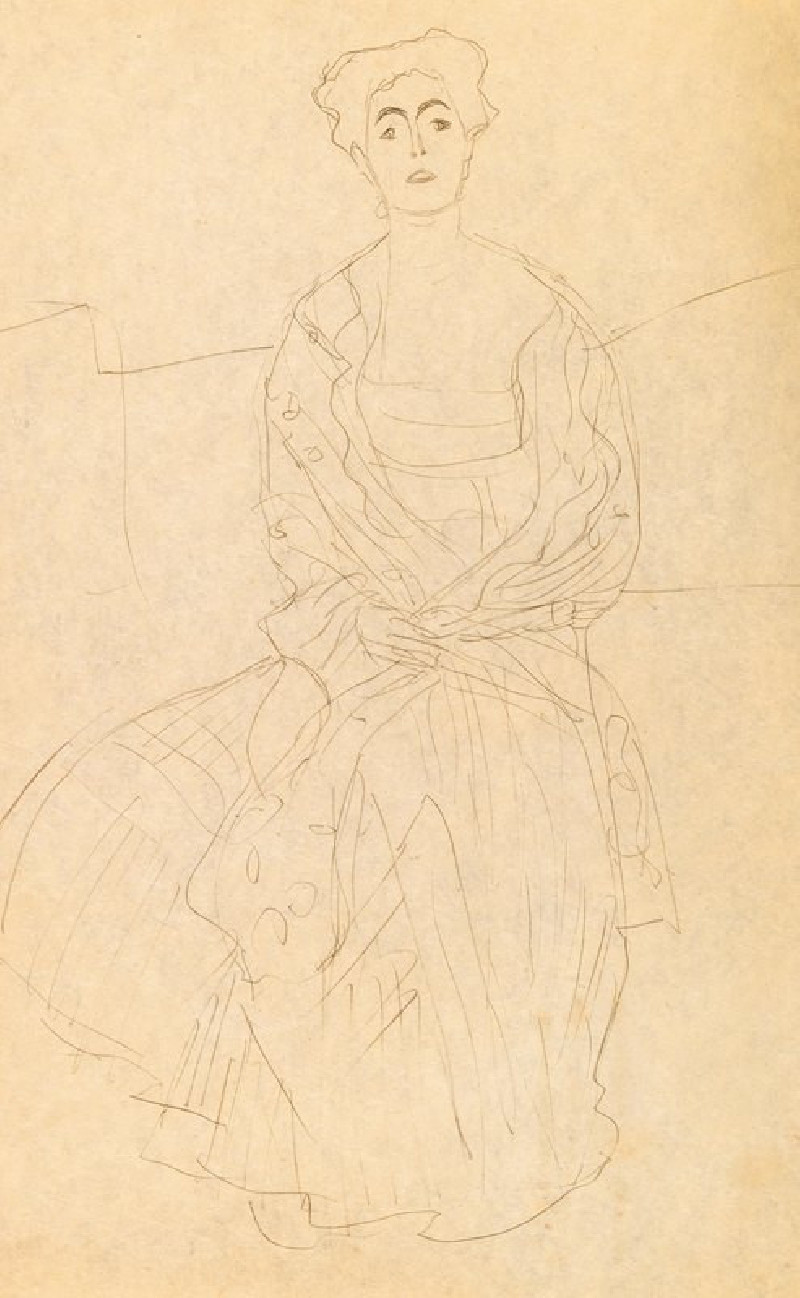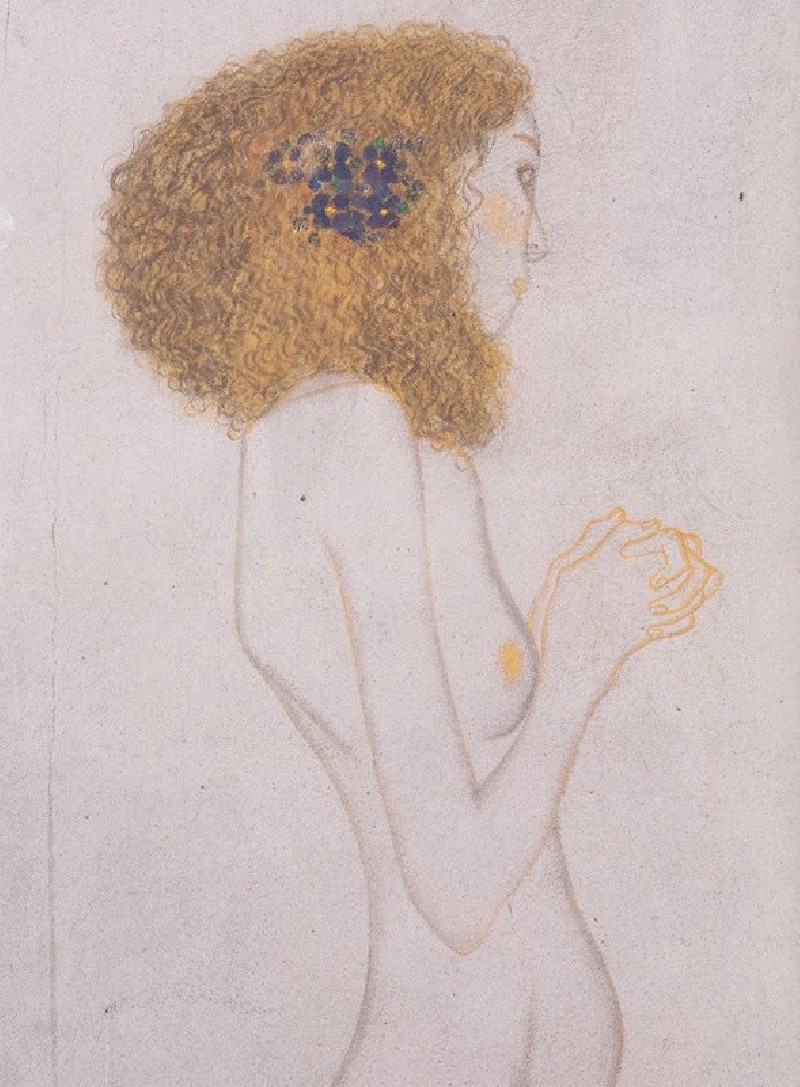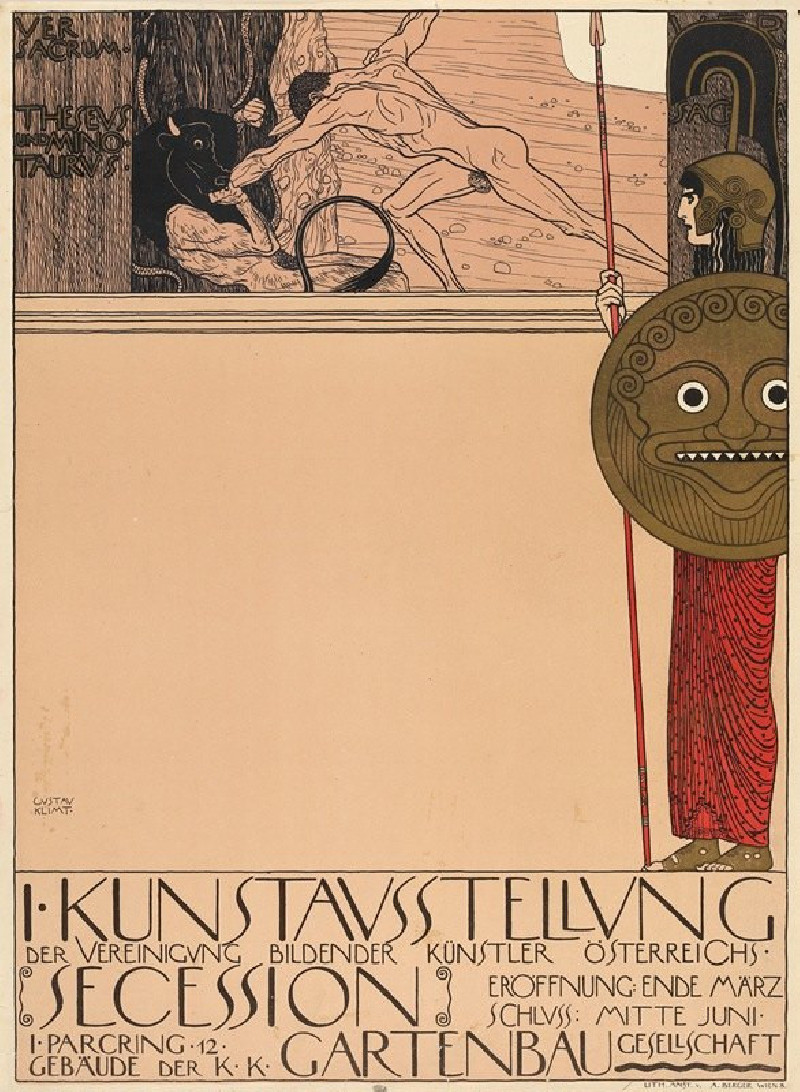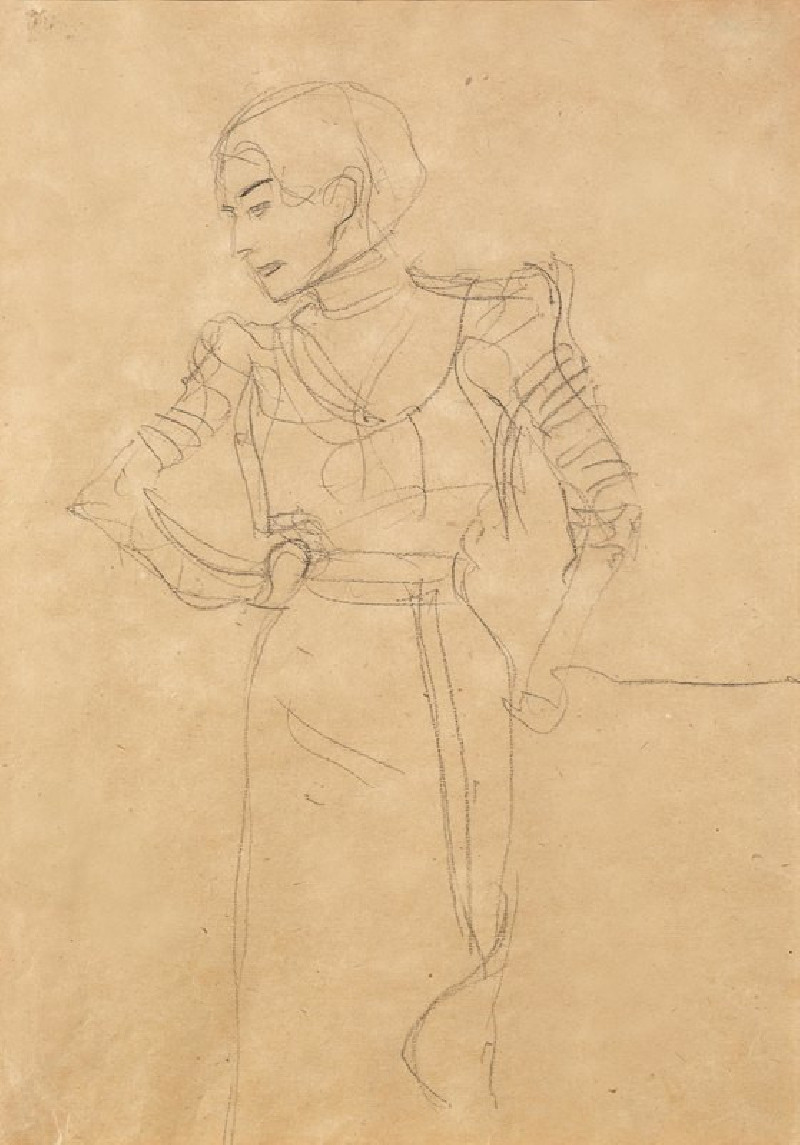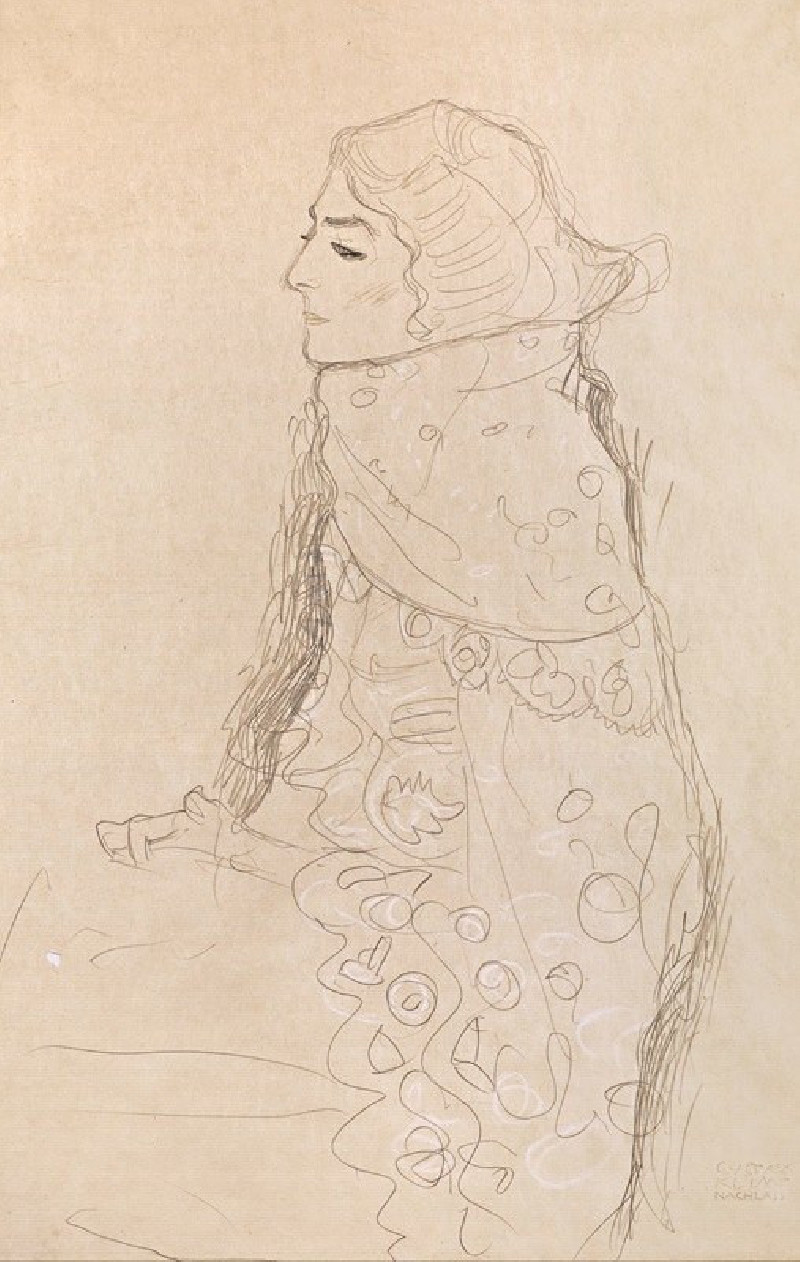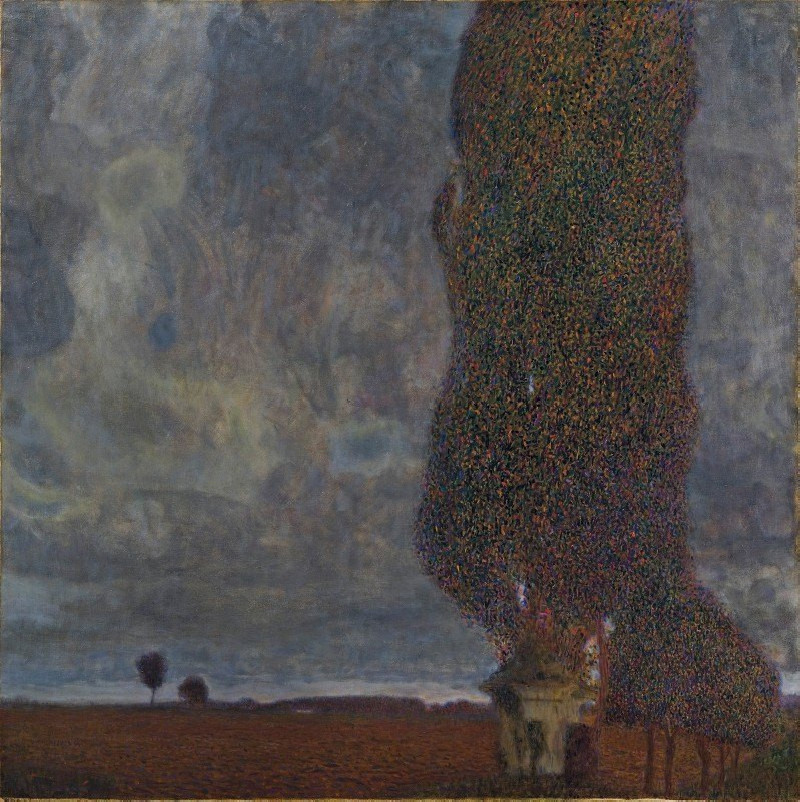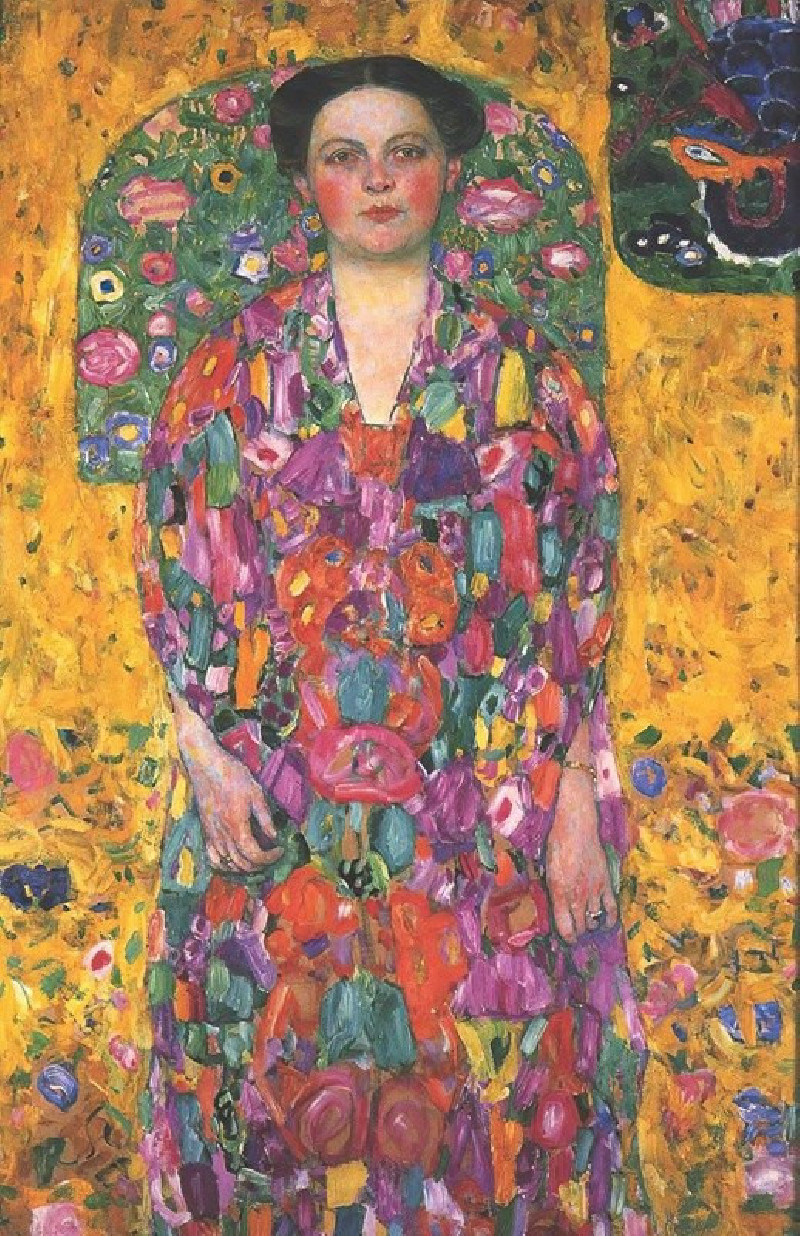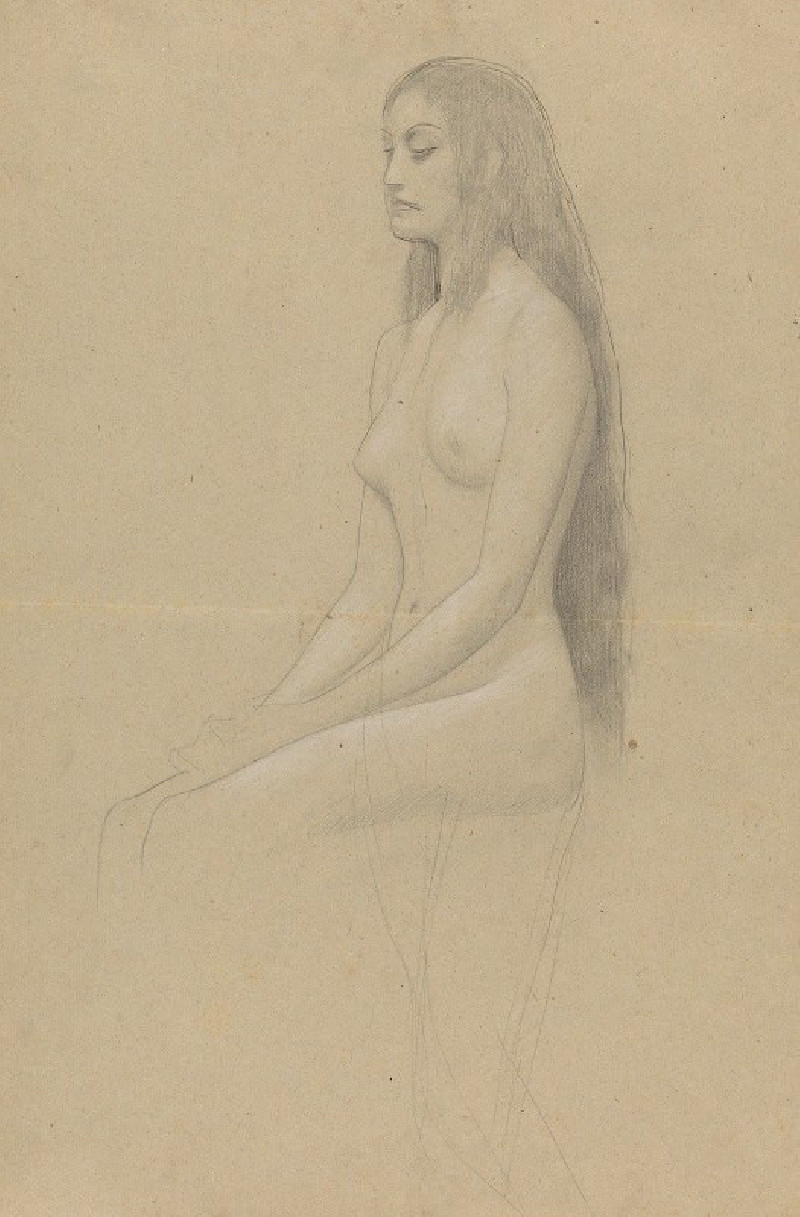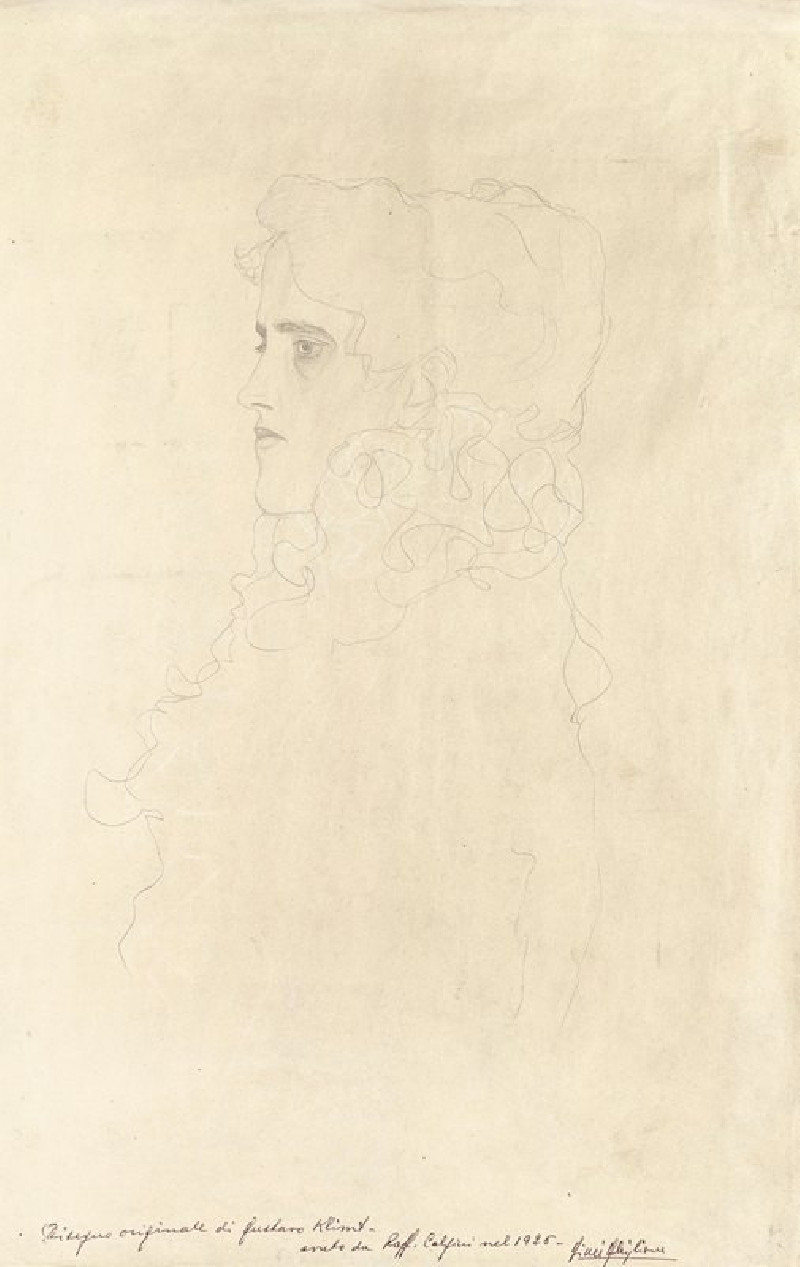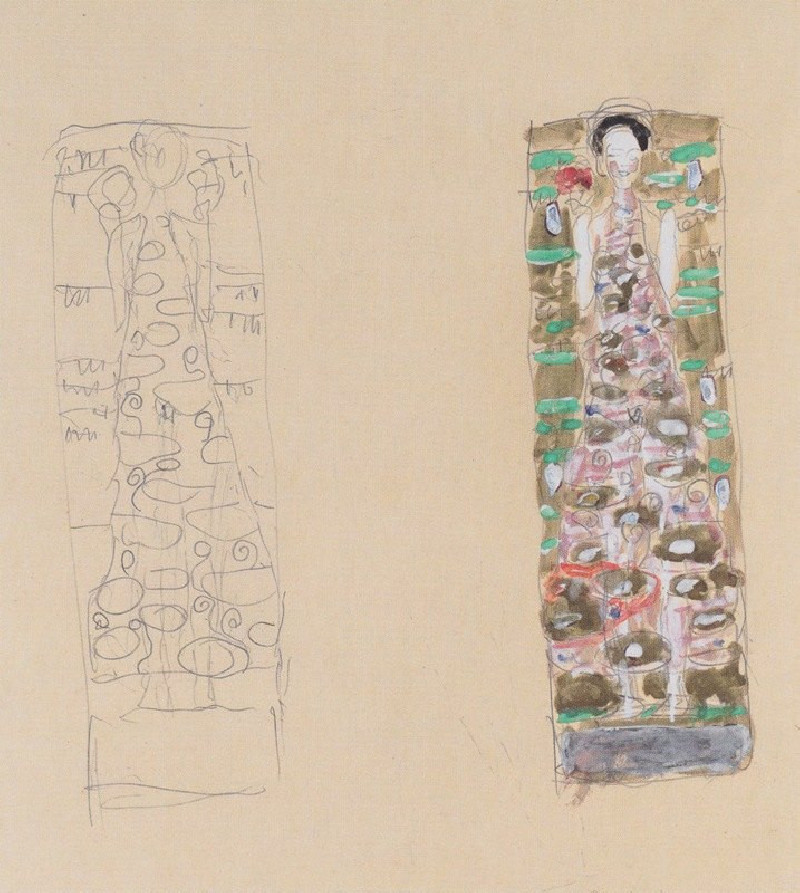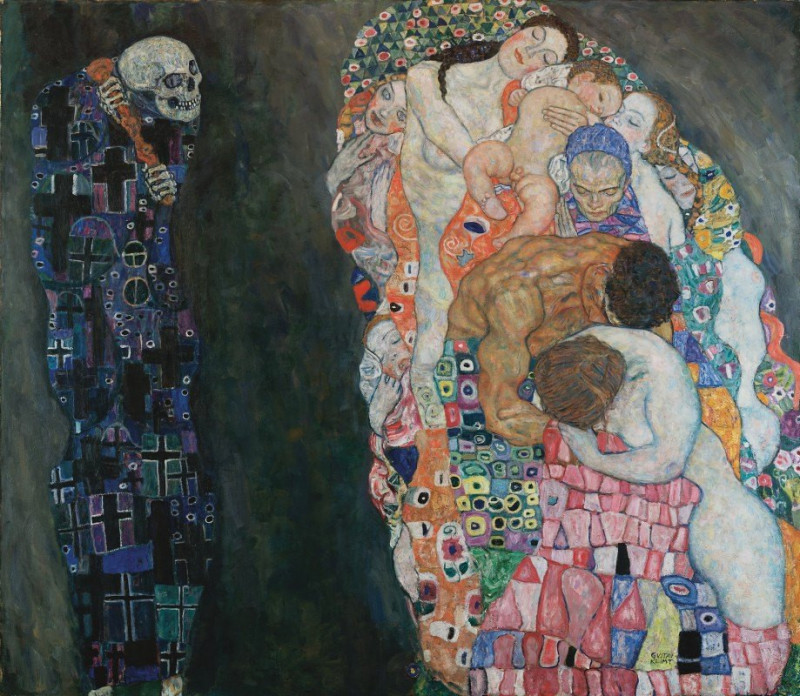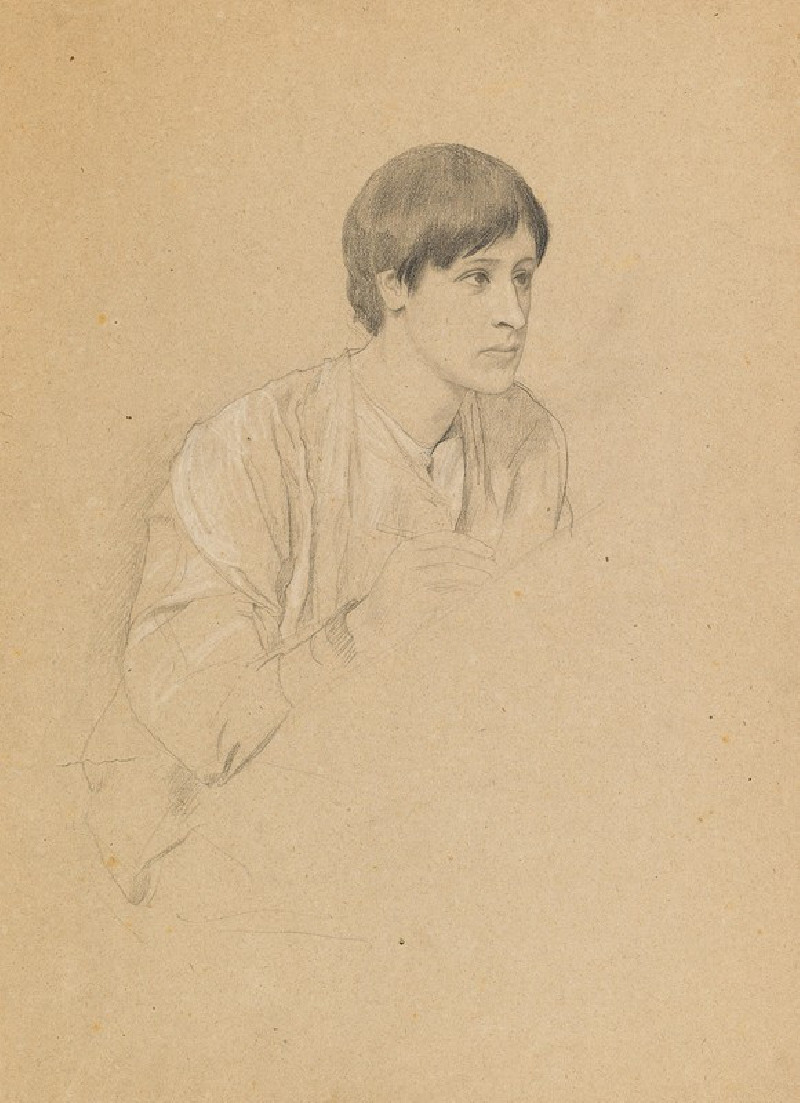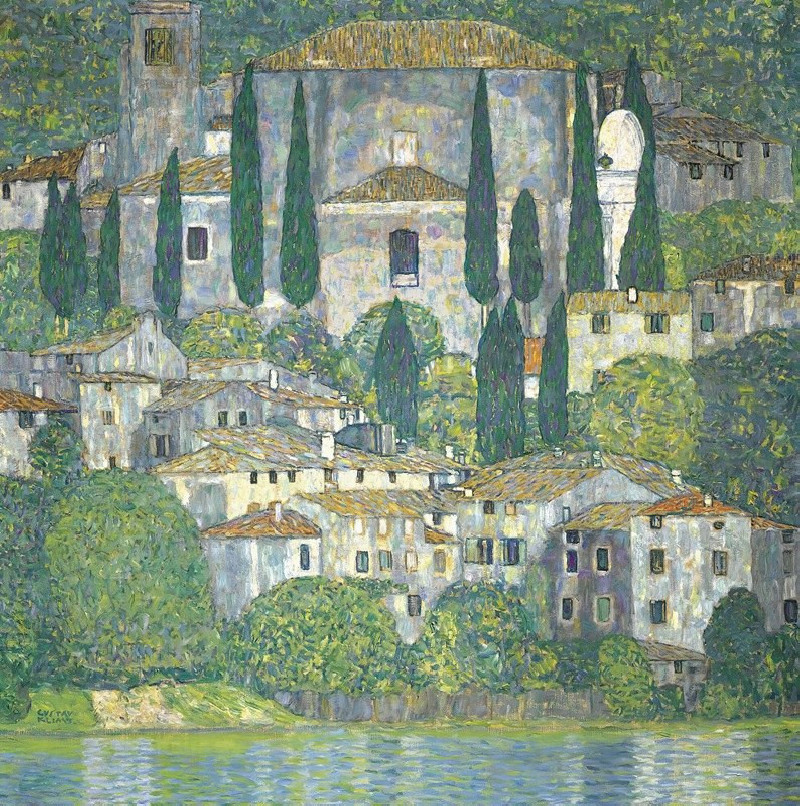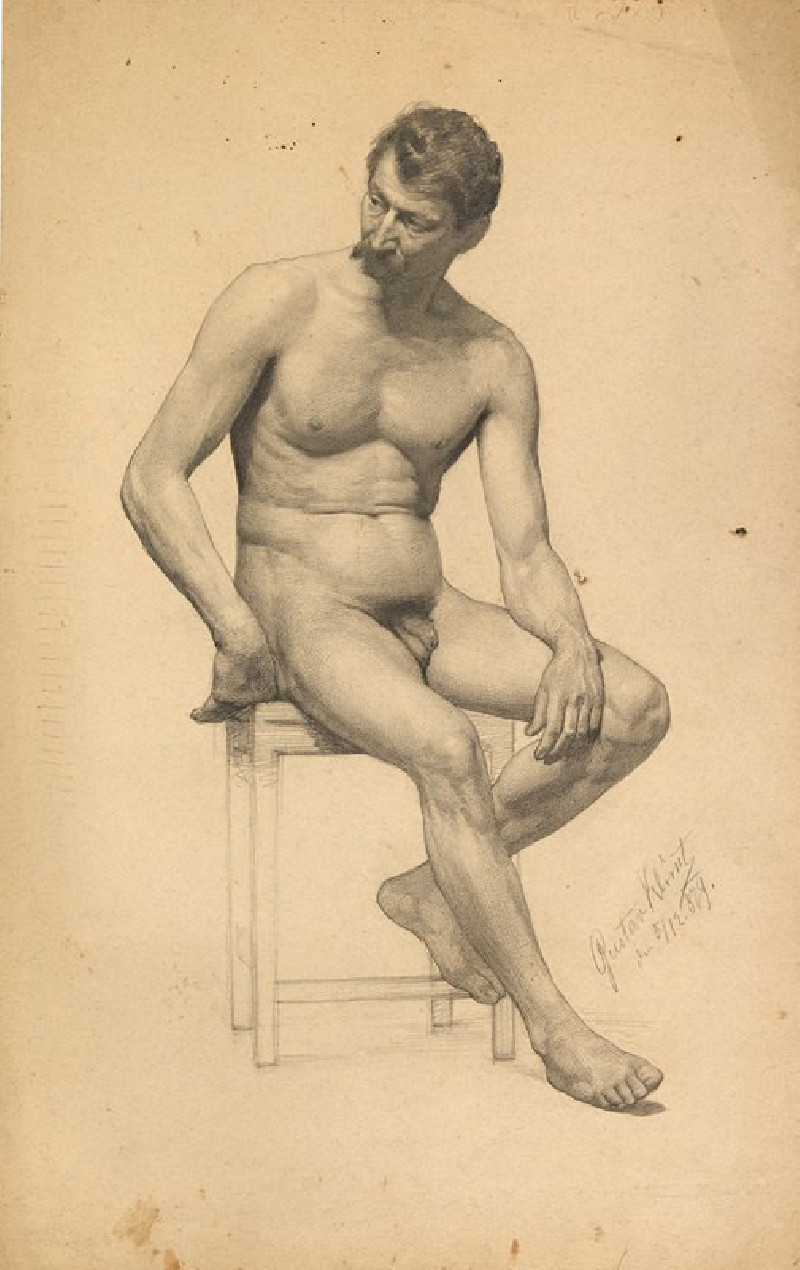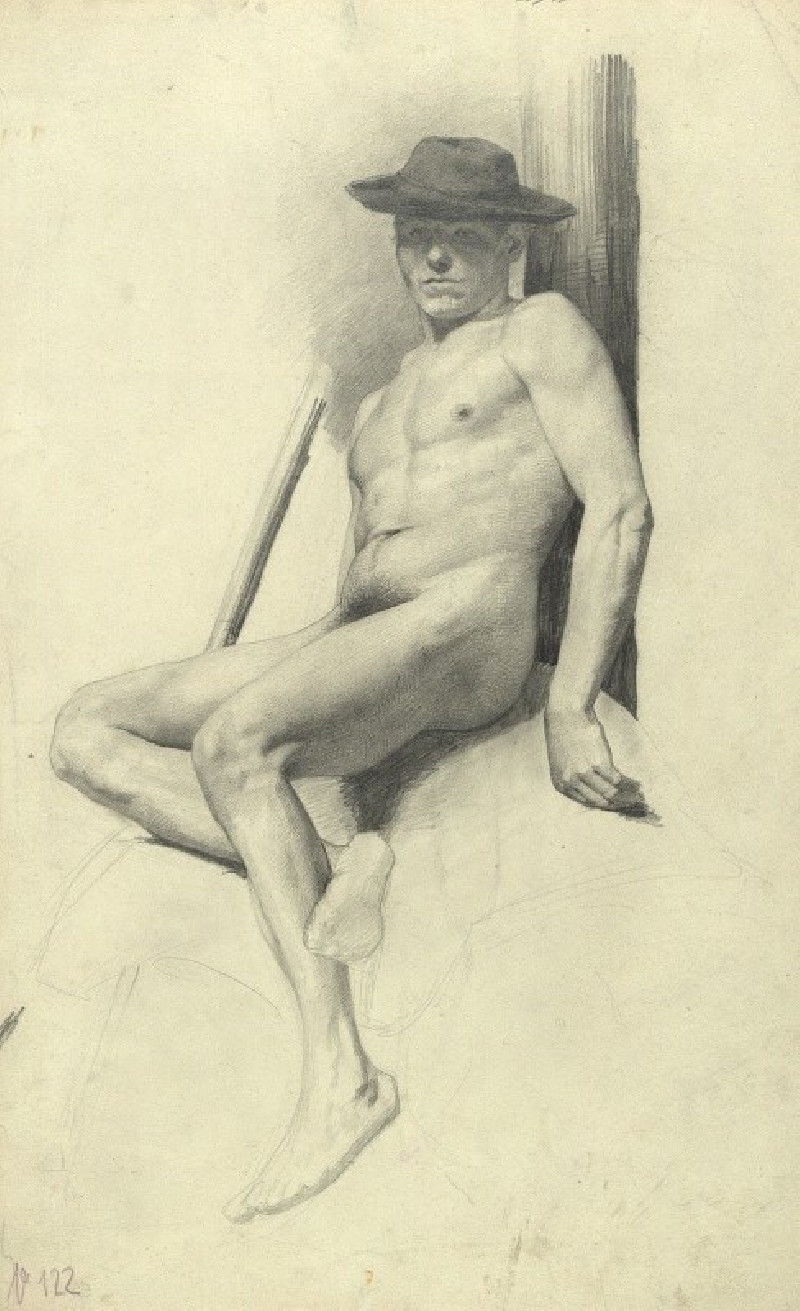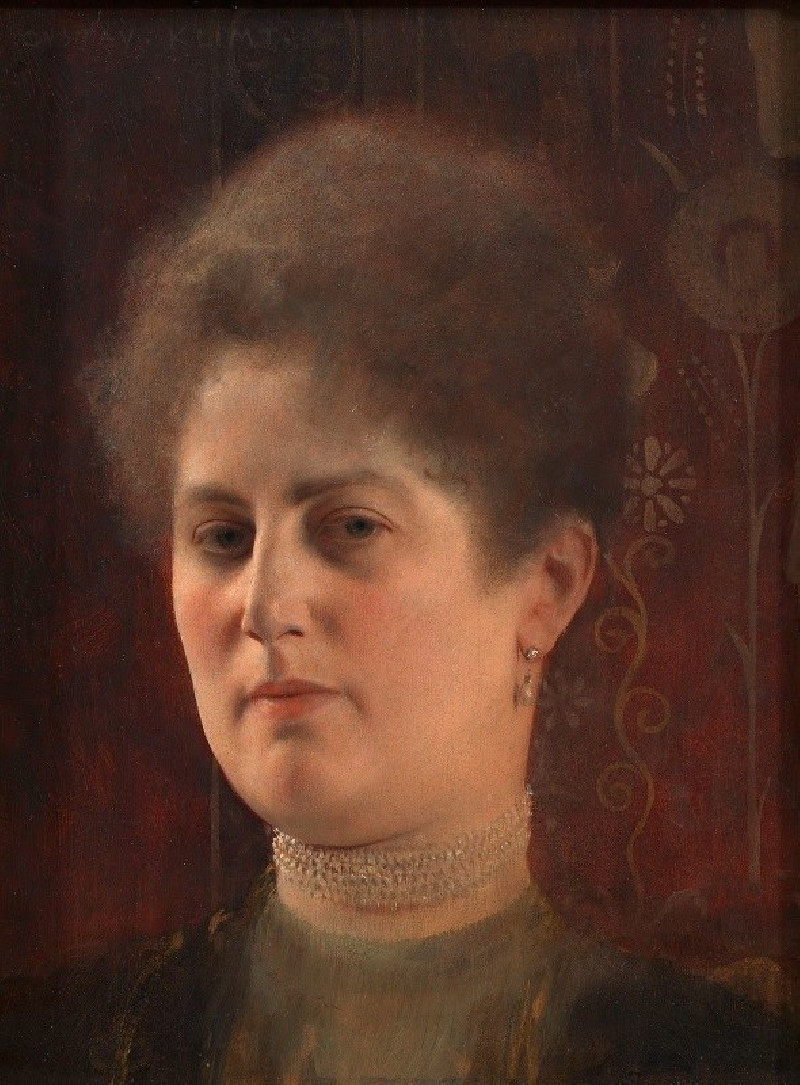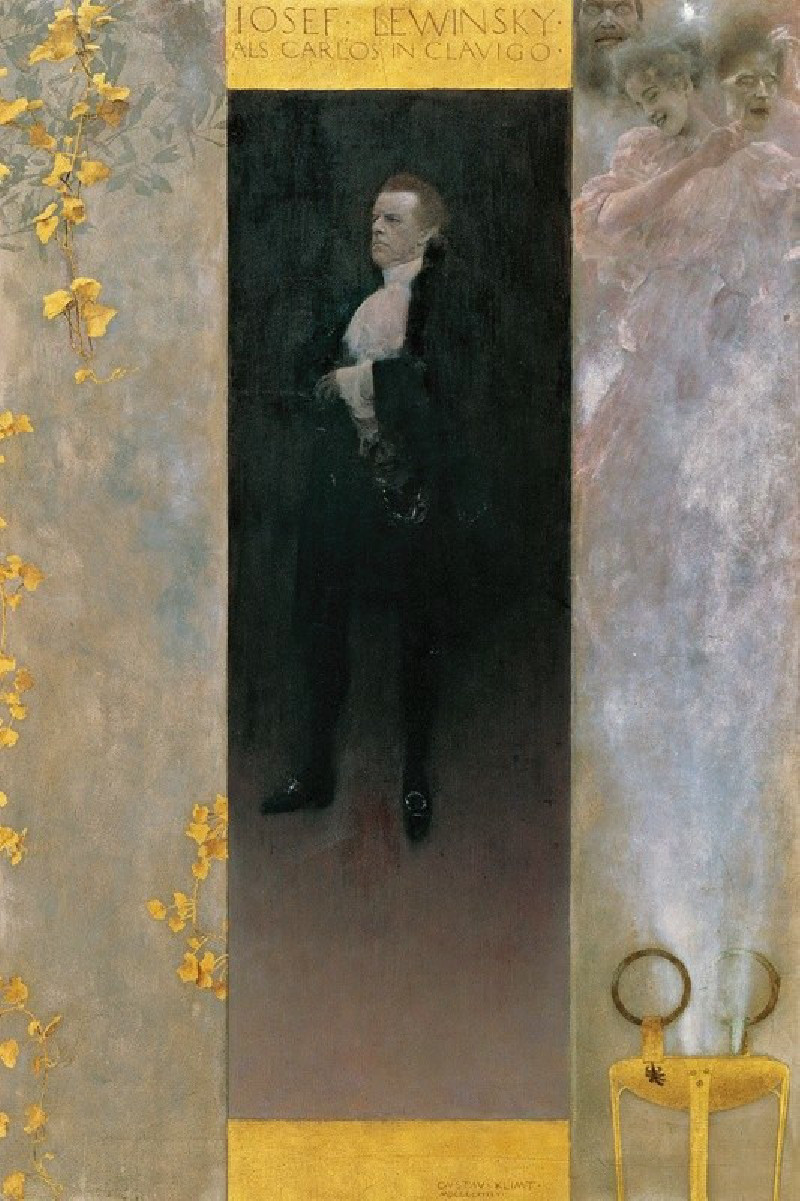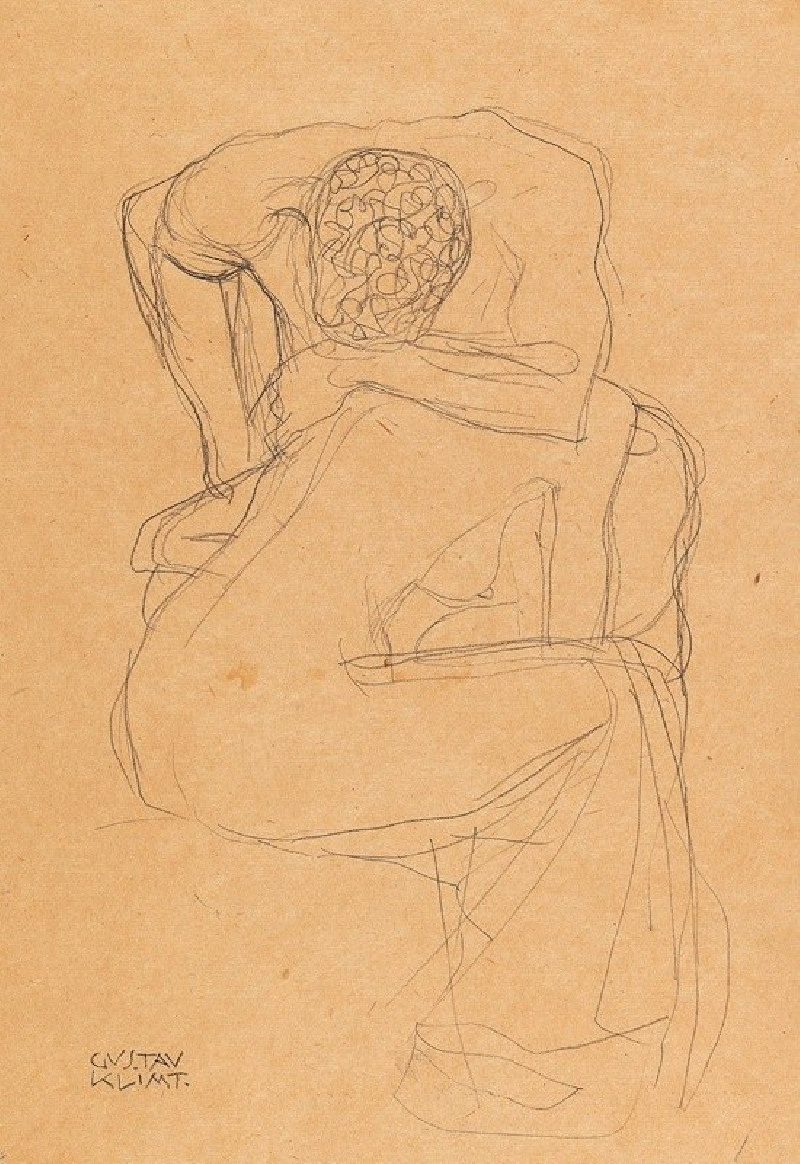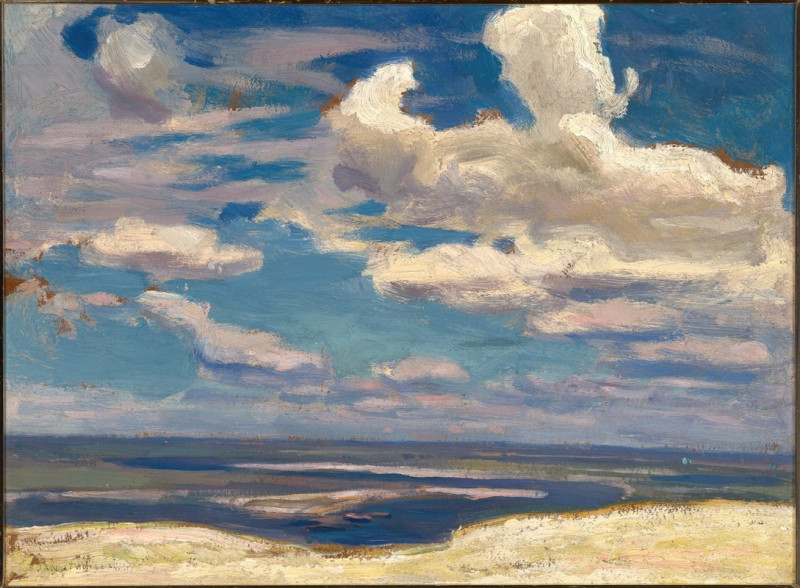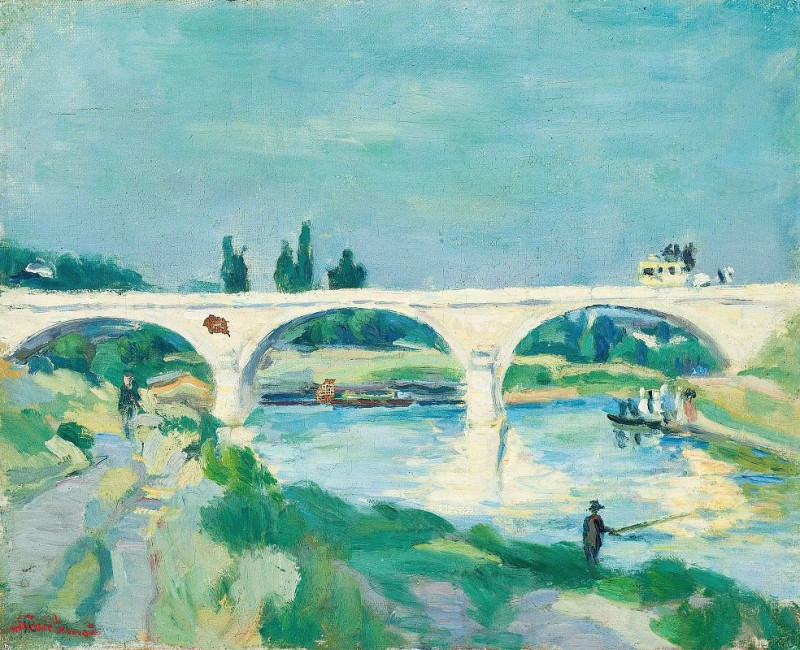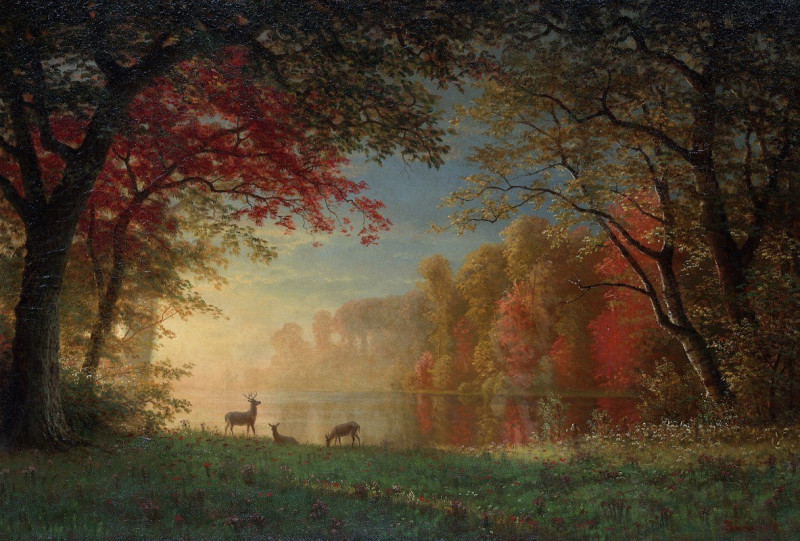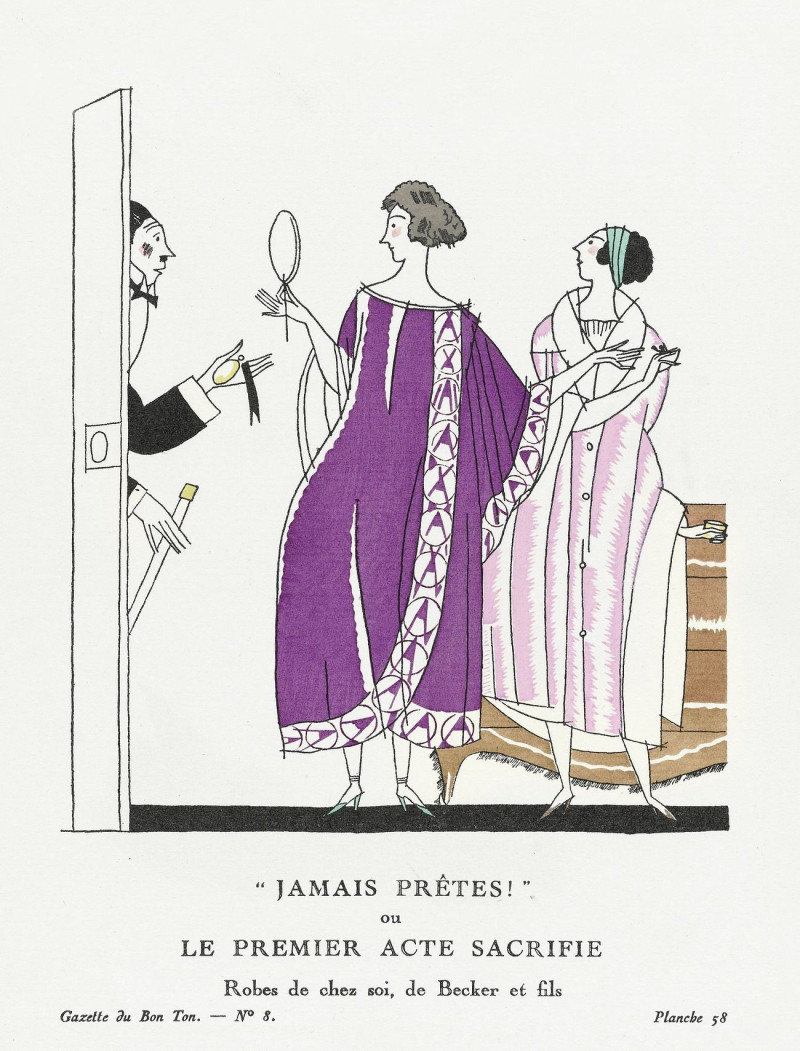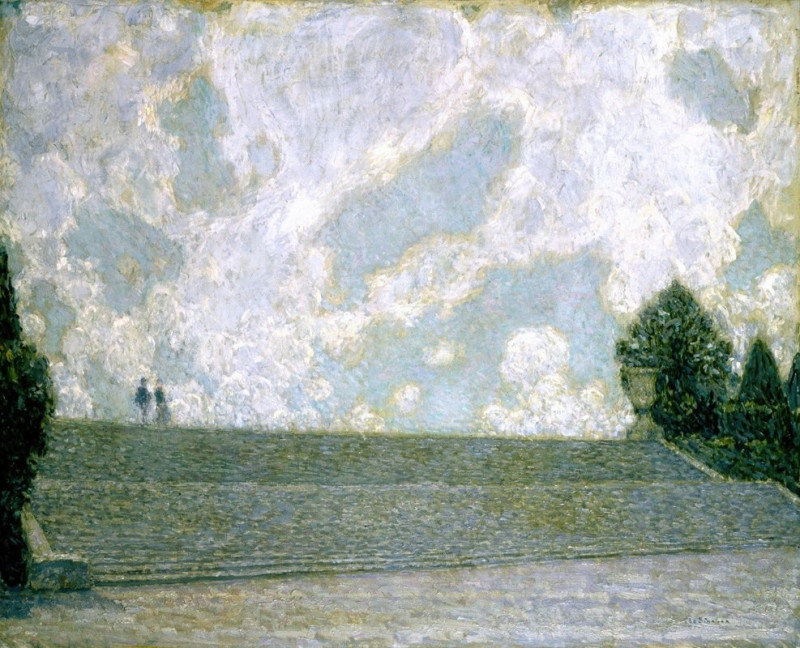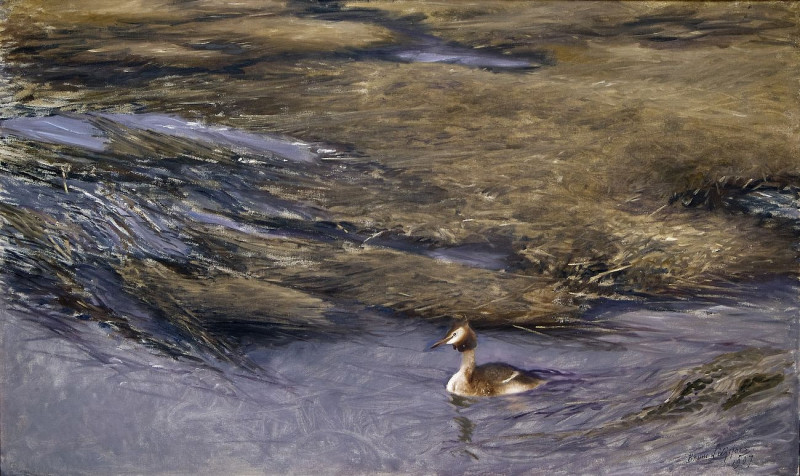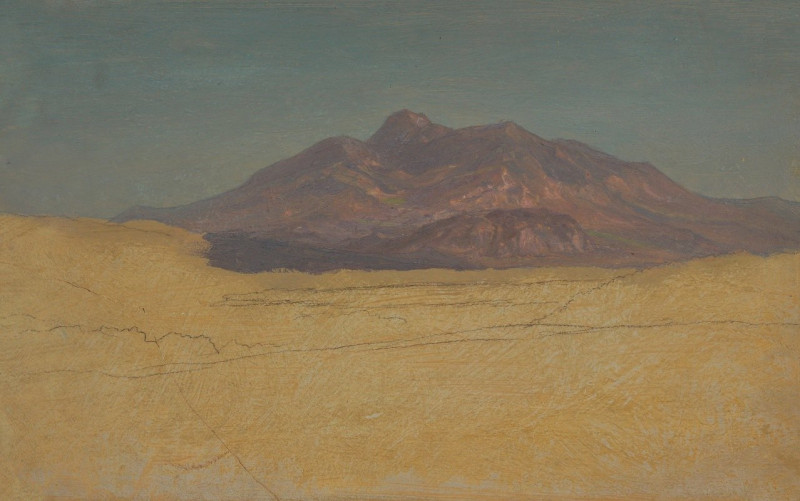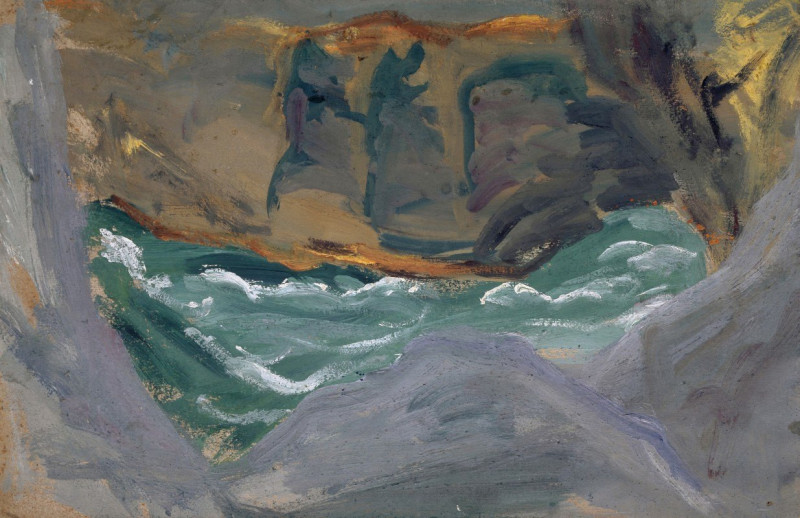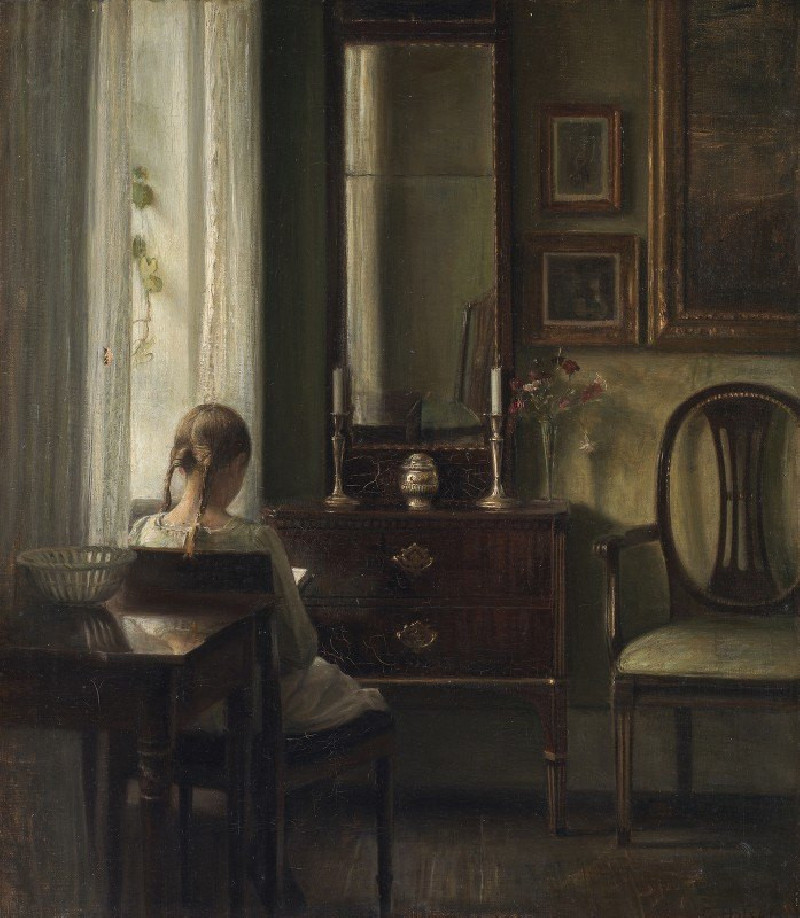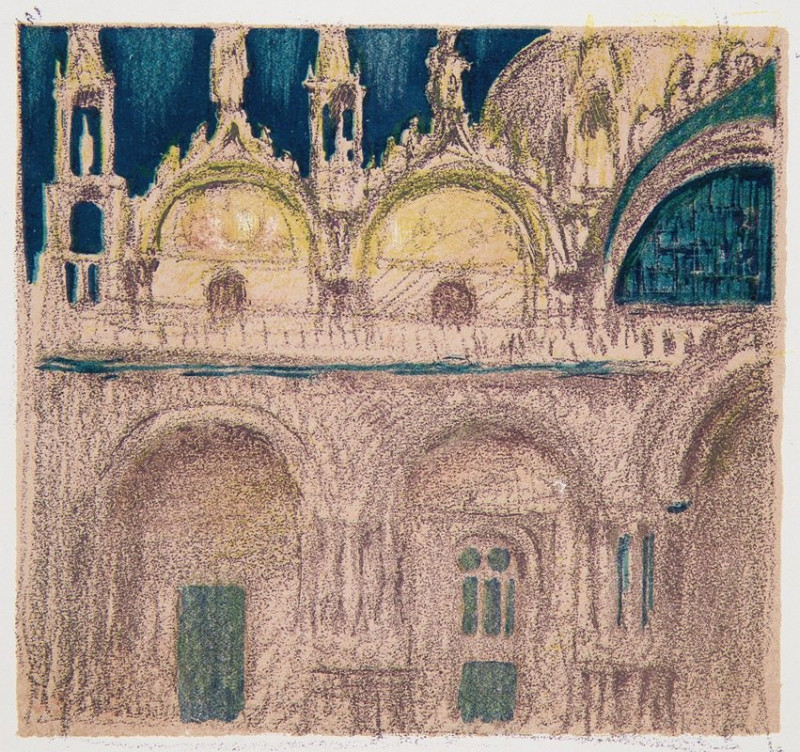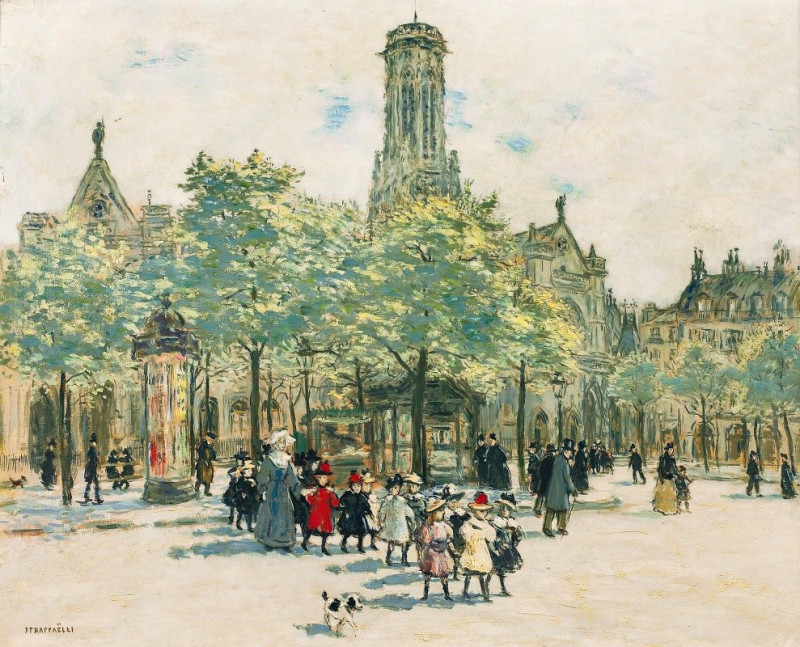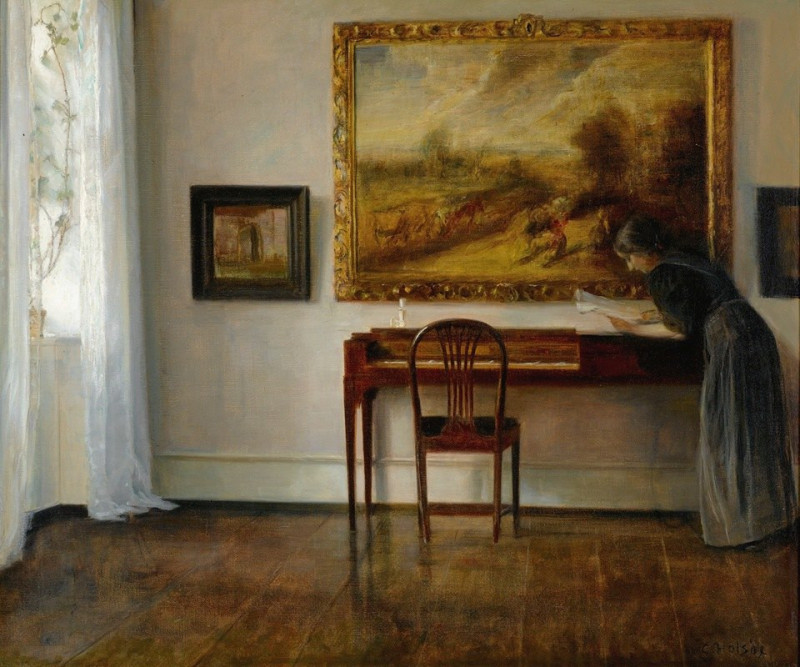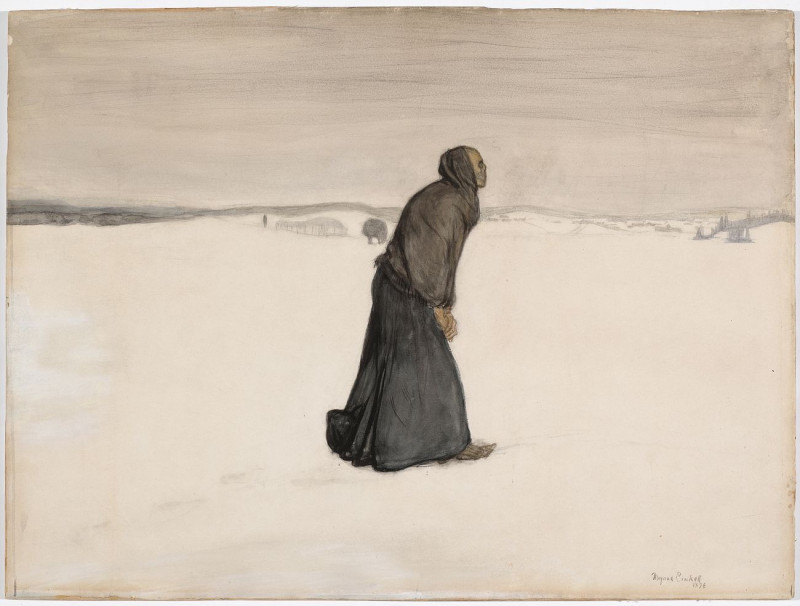Young Woman in an Armchair (1896)
Technique: Giclée quality print
Recommended by our customers
More about this artwork
"Explore the introspective elegance captured in Gustav Klimt's 1896 drawing, ‘Young Woman in an Armchair.’ This exquisite work of art showcases Klimt’s profound skill in portraiture and his distinct inclination towards fin-de-siècle aesthetic. The drawing delicately renders a young woman reclined in an armchair, her gaze subtly turned towards the viewer, evoking a sense of delicate tranquility and reflective mood.Rendered primarily in pencil, Klimt masterfully uses light and shadow to highlight the gentle contours of the woman's face and the voluminous textures of her garment. This sketch not only stands out for its technical precision but also for the emotion and character it conveys through simple yet powerful strokes.‘Young Woman in an Armchair’ invites viewers to pause and contemplate, providing a glimpse into the private world of its subject. The spontaneous style of the sketch suggests a moment captured in time, reflecting the personal and intimate approach Klimt often brought to his studies of women during this period.
Delivery
Returns
Gustav Klimt (1862–1918) was one of the greatest Austrian symbolist painters of the Art Nouveau era. Renowned as one of the most prominent founding members, and as a president of the Vienna Art Nouveau movement (Vienna Secession). His works were mainly paintings, murals, and sketches. Marked by his numerous erotic drawings, Klimt's primary subject were female figures, and at one point his work was even criticized as pornographic. Klimt found financial success in his "Golden Phase" with decorative techniques and the prominent use of gold leaf in his paintings.

